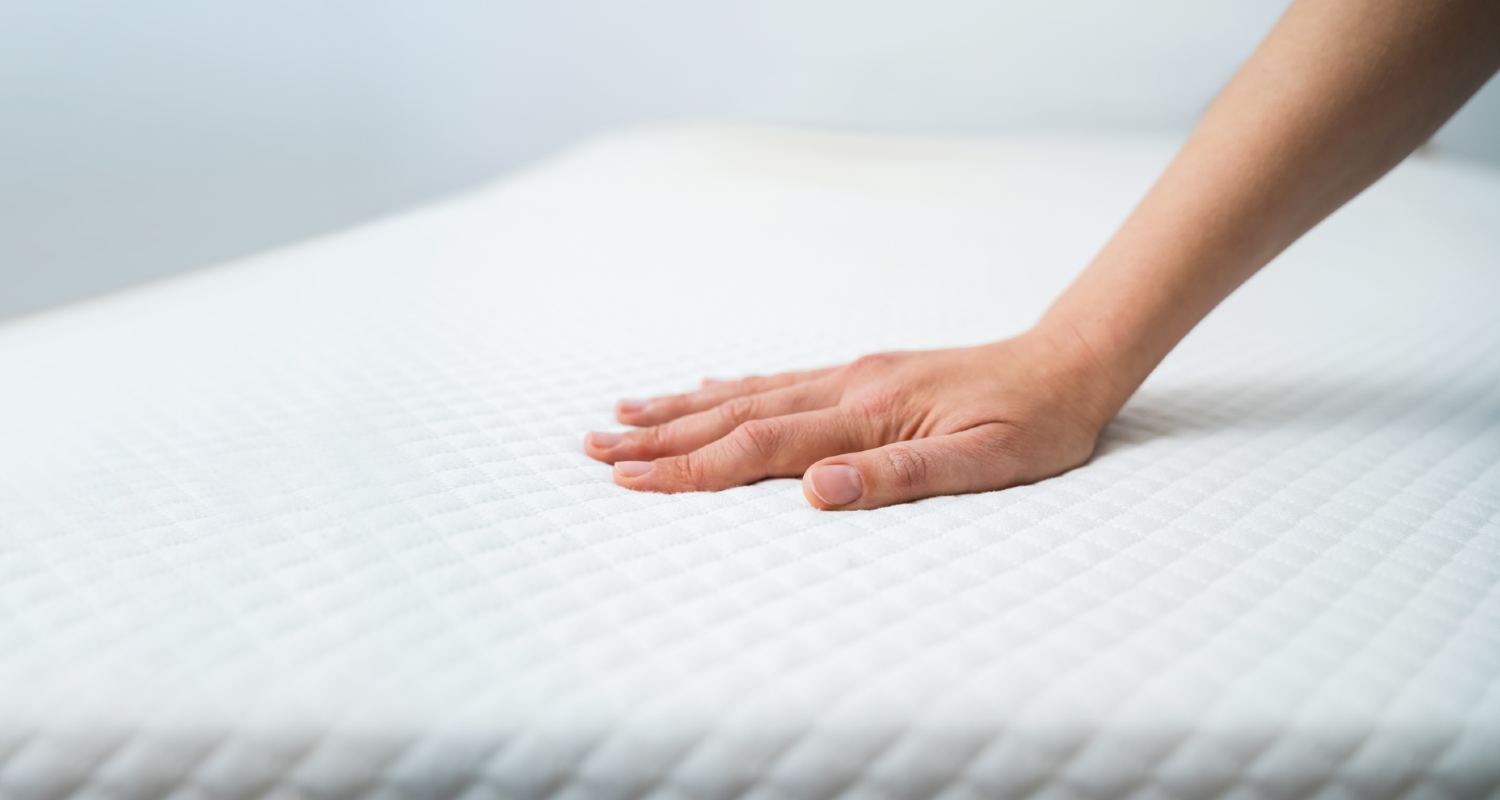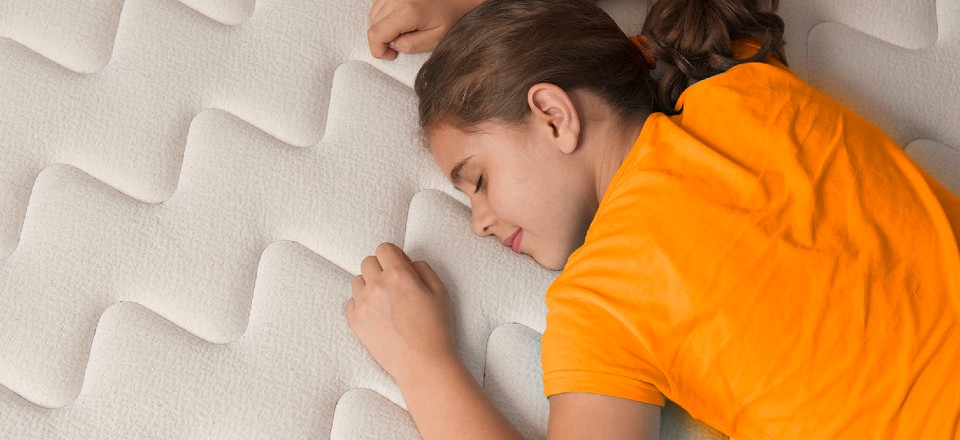
Circular economy
Circular economy
A wake-up call for mattress recycling
Reading time: 6 min
Sorting plastic, paper, glass, and compost has become a common habit at home. The many recycling campaigns led by public administrations, companies, institutions, and non-profits over the years have solidified in our minds the importance of properly sorting our household waste. However, many times we aren't sure what to do with larger, less common items, such as old sofas or mattresses, and most of the time we can find these things stacked up next to the dumpsters, where they'll eventually be carried off to landfills.
There is a valuable material inside mattresses, polyurethane, which if recycled correctly, can be used again to manufacture armchairs, car seats, or even adhesives.
In order to reduce the amount of waste that doesn't get recycled, Europe is taking steps to back the circular economy since only 48% of municipal waste is recycled (36.4% in Spain), according to 2020 data from Eurostar. To help control this situation, the European Commission has just launched a new package of comprehensive proposals within the European Green Deal aimed at boosting the reuse of materials in production processes. The Commission, in fact, focuses its attention on textiles, furniture, and mattress to encourage, for example, establishing a minimum percentage of recycled fibers in the production of new textiles or a ban on destroying goods that aren't sold. They are even considering the possibility of creating a "passport" or document that verifies the traceability of these products.
Furthermore, to promote the reduction of waste, technological innovation gives us new opportunities for materials that until now we didn't know we could recycle. This way, we can reintroduce them as raw materials in production cycles, avoid the consumption of new resources, and drive the circular economy. Household mattresses and sofas, for example, are made with polyurethane, a material that's very complicated to recycle but which is very versatile. In fact, it can also be used to manufacture adhesives, car seats, insulation, and decorative wall panels.
Just to get an idea of the potential hidden in this material: 1.8 million mattresses are sold every year in Spain. So, what do we do with the old ones? "Typically, the owners take responsibility for getting rid of the used mattresses, although in many cases, the manufacuturers and distributors offer a removal service for old mattresses upon delivery of the new ones. We could take advantage of designated recycling sites to get rid of mattresses, which will then be turned over to certified waste managers," says Raquel Sánchez Magdaleno, senior manager of Technical Support for Intermediate Products at Repsol. The company's Chemicals area manufactures polyols, one of the raw materials from which polyurethane is obtained, which is then used to make foams for mattresses.

In order for the polyurethane industry to gain ground, we must rely on waste managers to supply this raw material. Despite Spain not having a dedicated collection and recovery site (Integrated Management System) for furniture, like in France and the Netherlands (which have mattress recycling rates over 70%), "there are companies that have implemented systems for collecting and then breaking down and separating the foam," the expert tells us.
Polyurethane recycling is a complex process. To make it happen, Repsol is building Spain's first chemical recycling plant for polyurethane foam at its Puertollano Industrial Complex, which will allow for the recovery of this material so that it can be used again as raw material, thus closing the cycle in the circular economy.
A unique process
A unique process
The multi-energy company has joined the German company Rampf Eco Solutions in order to implement a unique chemical recycling solution, a process where the polyurethane reacts with an acid at high temperatures.
Puertollano expects to produce 5,000 tonnes of circular polyoles per year from nearly 200,000 mattresses, which lined up would total 380 km, more or less the distance between Madrid and Valencia.
In this way, waste that hasn't been recycled before, such as mattresses, can serve as an example of the many possibilities that encapsulate the circular economy and how innovation in industrial processes can significantly contribute to changing our daily lives.
Published in La Razón
